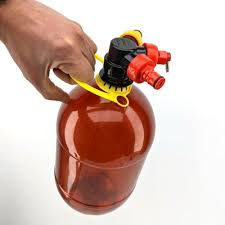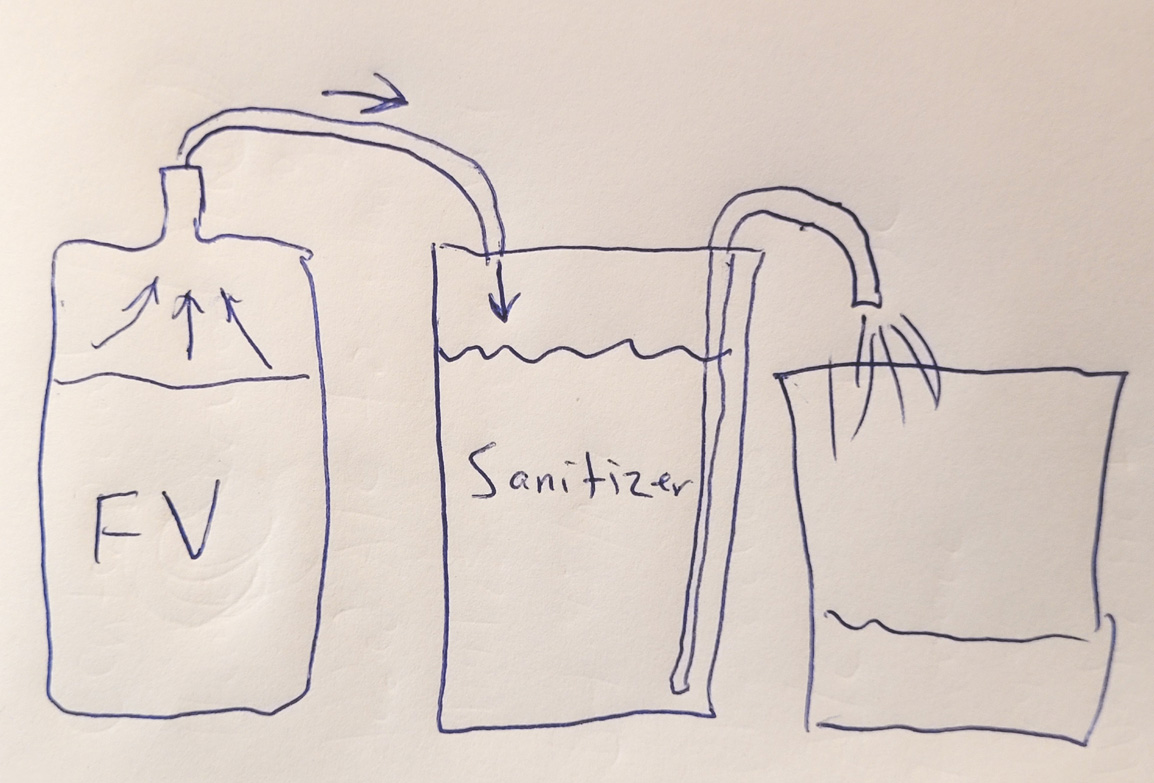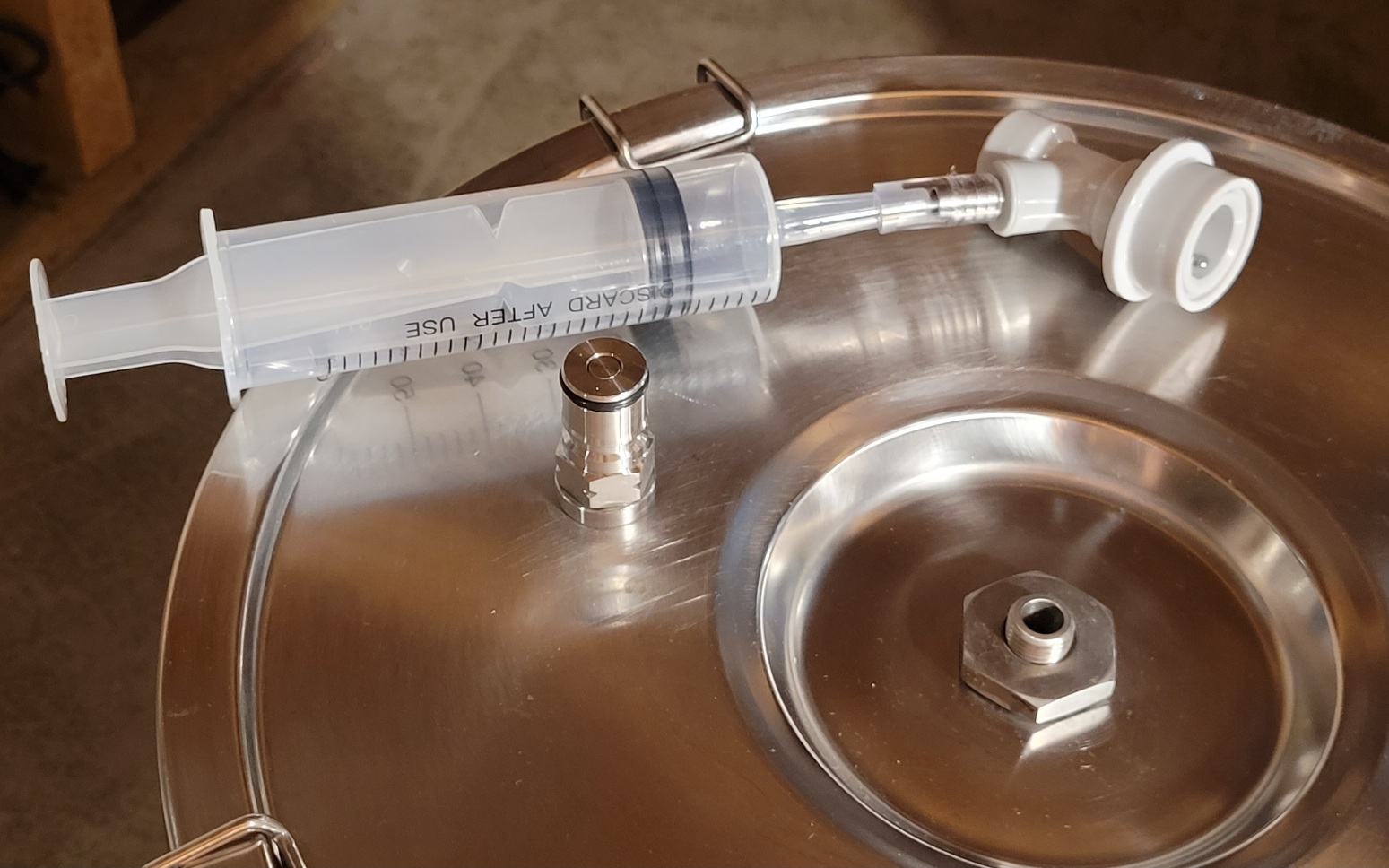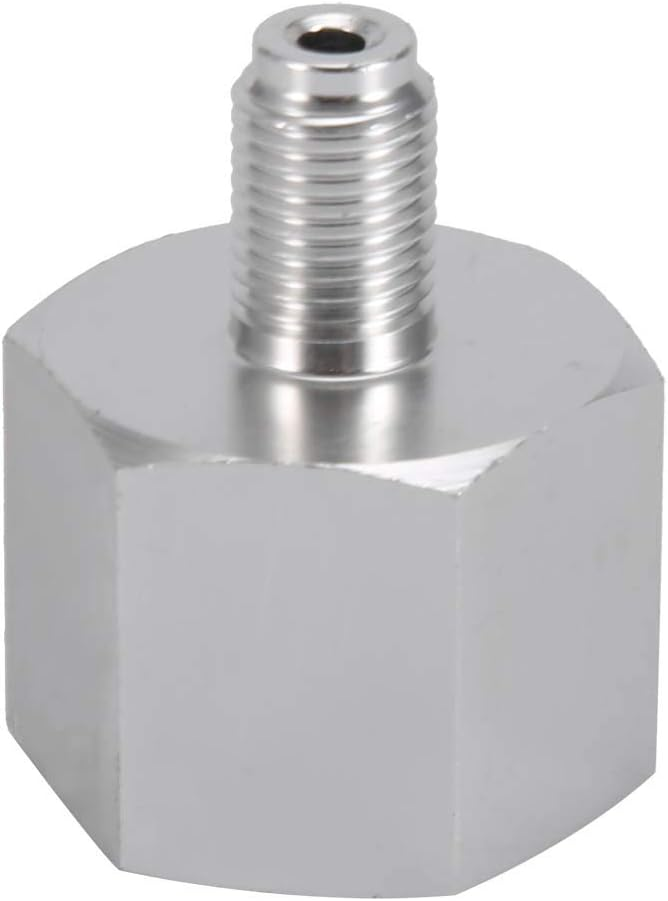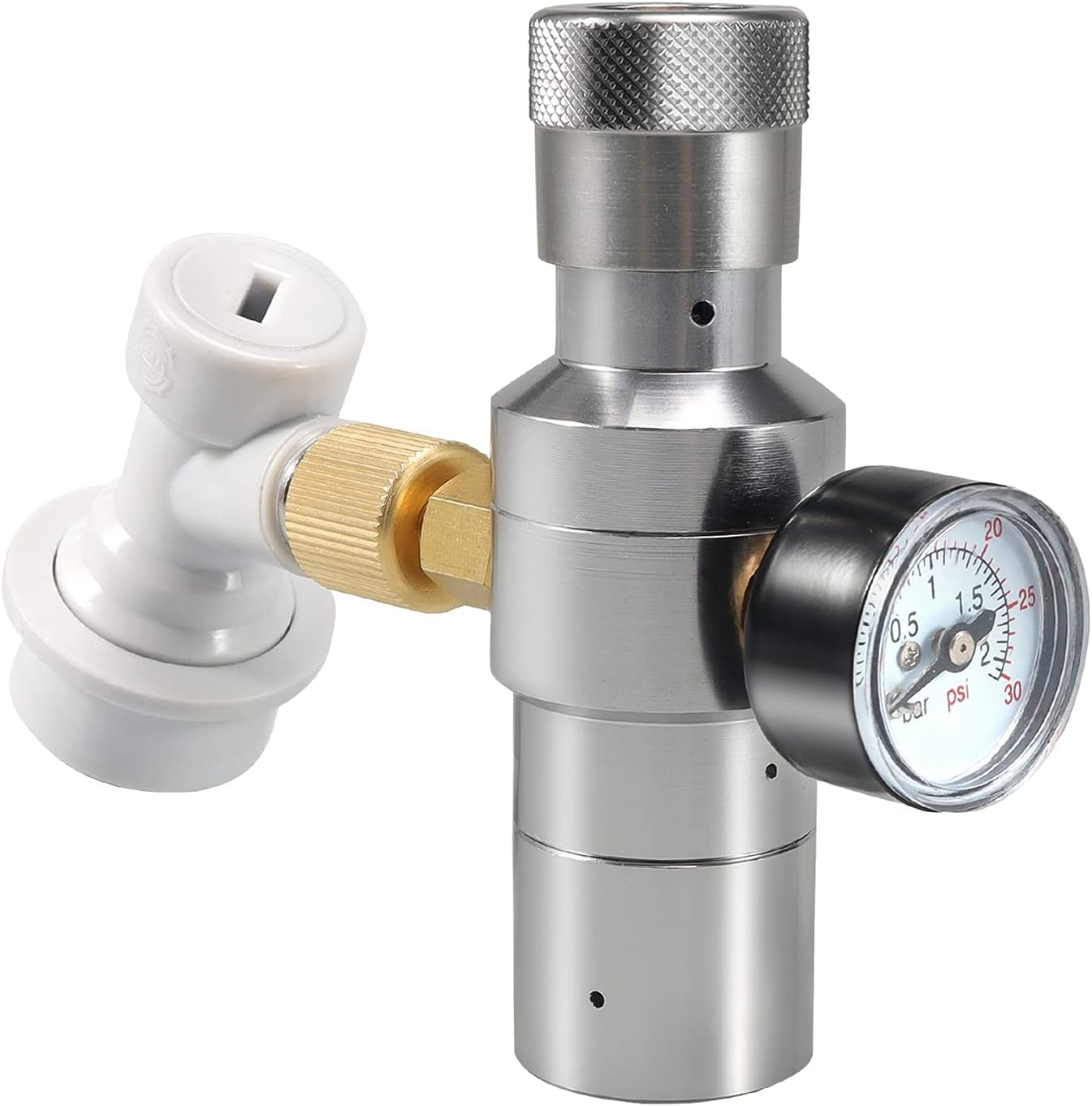I'm not at the level of doing sealed transfers (yet, maybe one day!), I'm using a plastic fermentation bucket and a plastic bottling bucket so I can add priming sugar, and manually syphoning from one to the other.
I was thinking I'd like to purge the bottling bucket and maybe even my bottles (although I think oxygen absorbing caps are doing OK for that) but I don't have any equipment, don't want to spend a lot, and don't have the space right now to store a full-size CO2 canister even if I wanted to get one.
I was wondering, is there any cheap & dirty purging option? Maybe like an adapter I can screw on a sodastream (or similar) bottle that will let me purge a bucket/bottles with it? Would that even be effective in preventing oxygenation?
I was thinking I'd like to purge the bottling bucket and maybe even my bottles (although I think oxygen absorbing caps are doing OK for that) but I don't have any equipment, don't want to spend a lot, and don't have the space right now to store a full-size CO2 canister even if I wanted to get one.
I was wondering, is there any cheap & dirty purging option? Maybe like an adapter I can screw on a sodastream (or similar) bottle that will let me purge a bucket/bottles with it? Would that even be effective in preventing oxygenation?








![Craft A Brew - Safale S-04 Dry Yeast - Fermentis - English Ale Dry Yeast - For English and American Ales and Hard Apple Ciders - Ingredients for Home Brewing - Beer Making Supplies - [1 Pack]](https://m.media-amazon.com/images/I/41fVGNh6JfL._SL500_.jpg)
















































